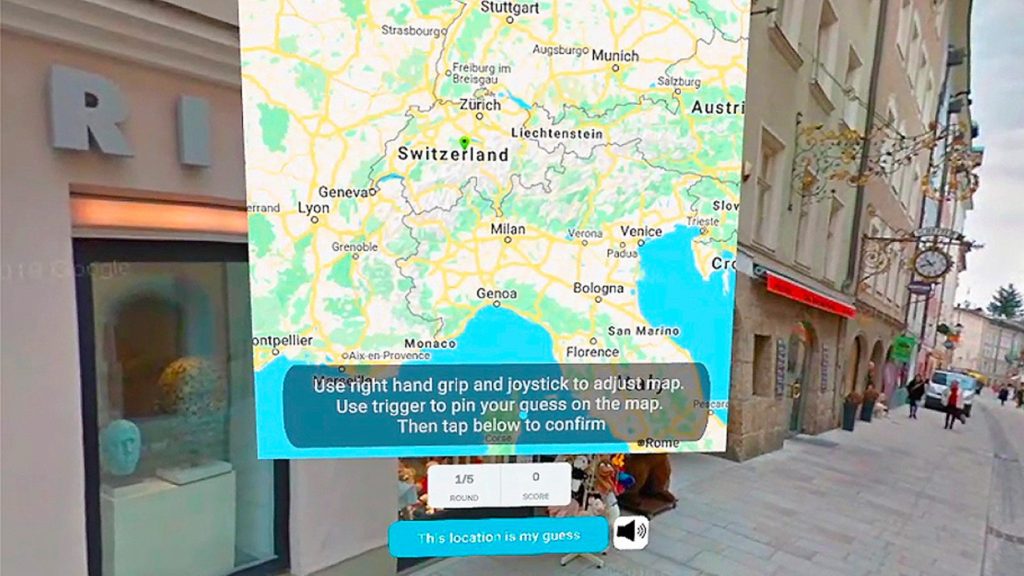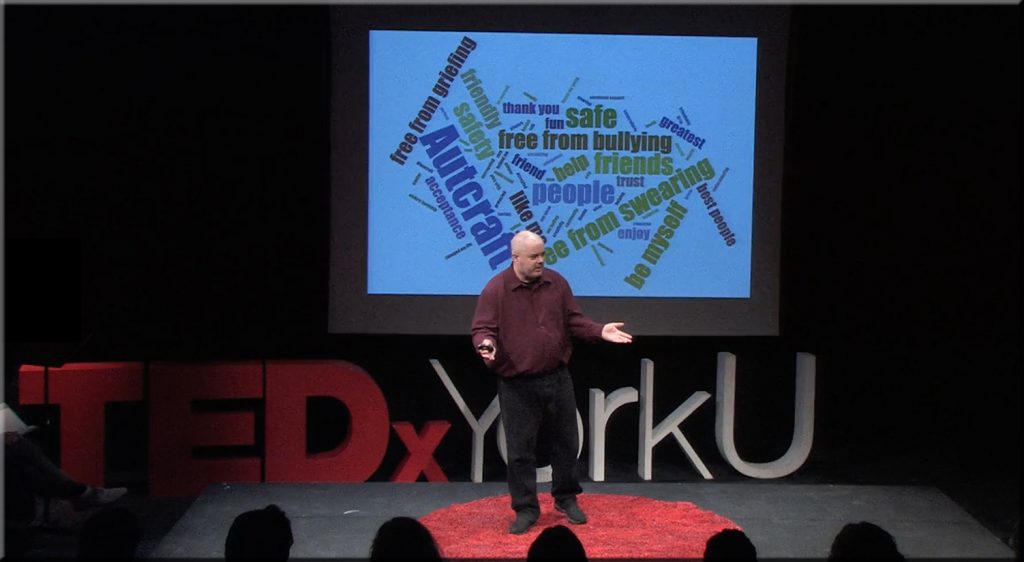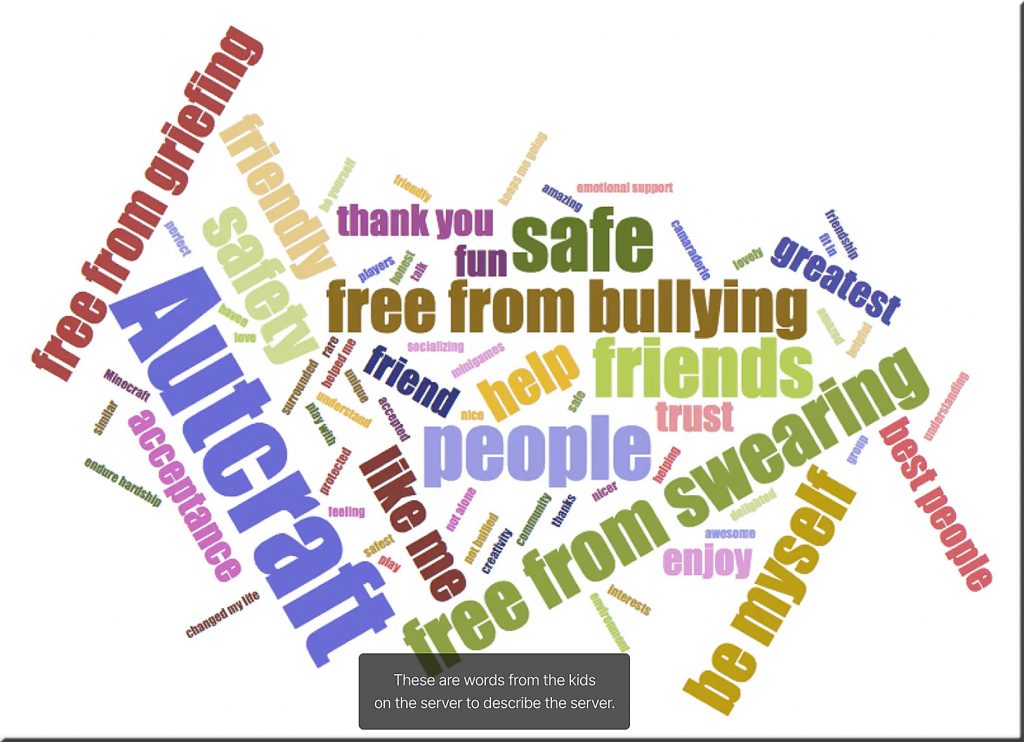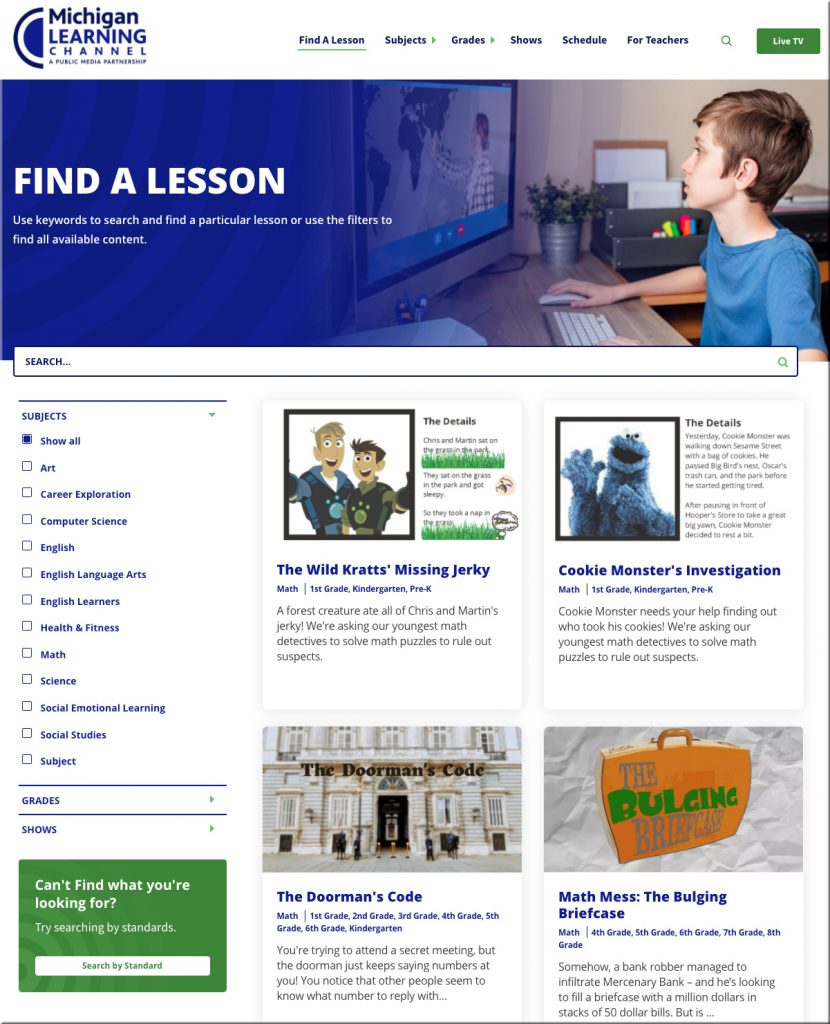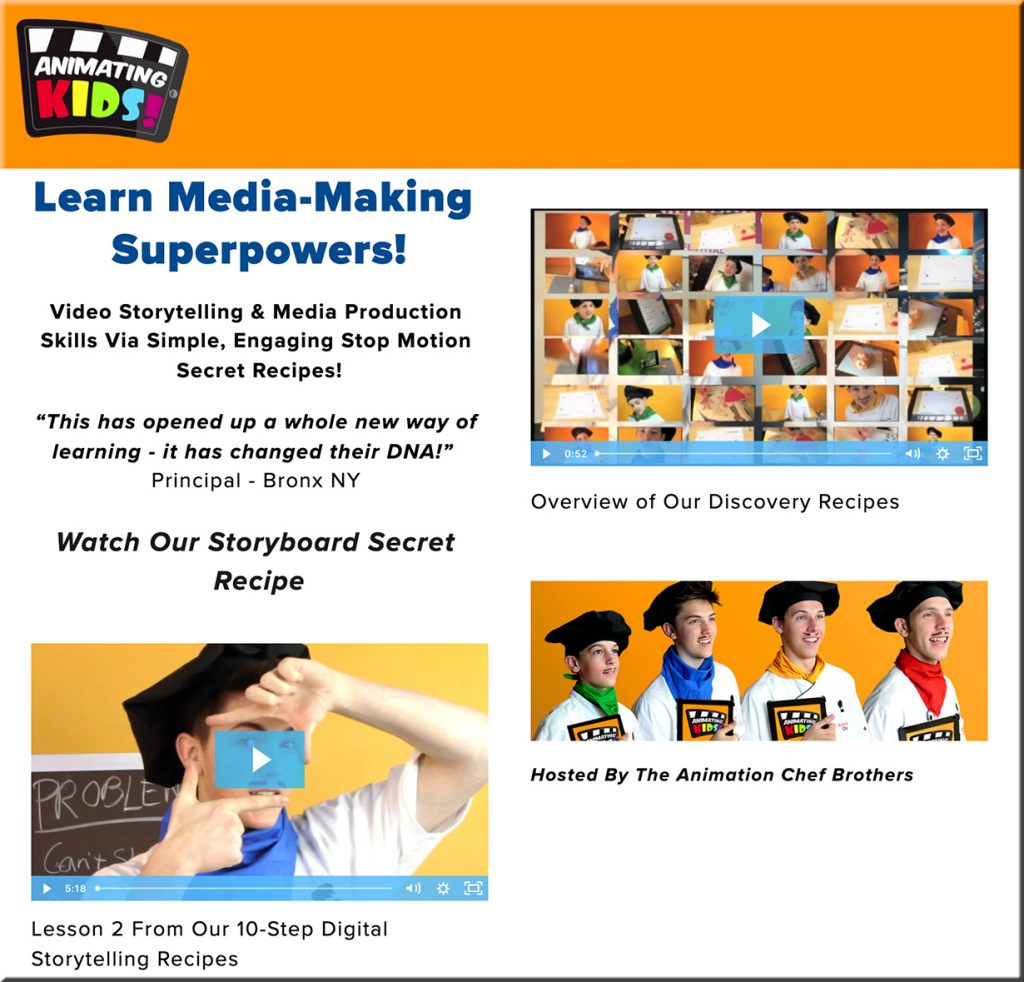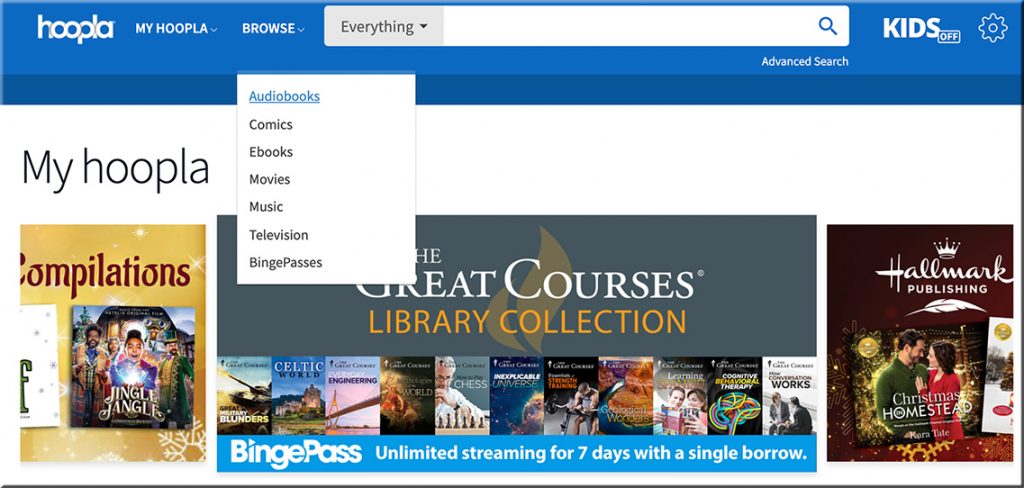What is unschooling? Meet the families who have shunned the formal education system — from thenationalnews.com by Resmi Jaimon
It’s not for everyone, but some families say their children are thriving outside of traditional learning environments
Excerpt:
It has often been said that real learning transpires beyond the classroom. There is a lot of knowledge to be gleaned by being more observant, by reading vociferously and by experiencing the realities of life.
Many families also believe that learning can become more effective and entertaining when it’s done together, while others realise their children thrive best in an independent learning environment. Welcome to the era of unschooling.
Several countries offer supporting infrastructures for the unschooled. And unschooled children can gain admission into higher grades or colleges based on entrance tests, essays and other criteria.
It’s certainly not for everyone, but here are six families who have gone down this path — and their reasons for and expectations of the method.









